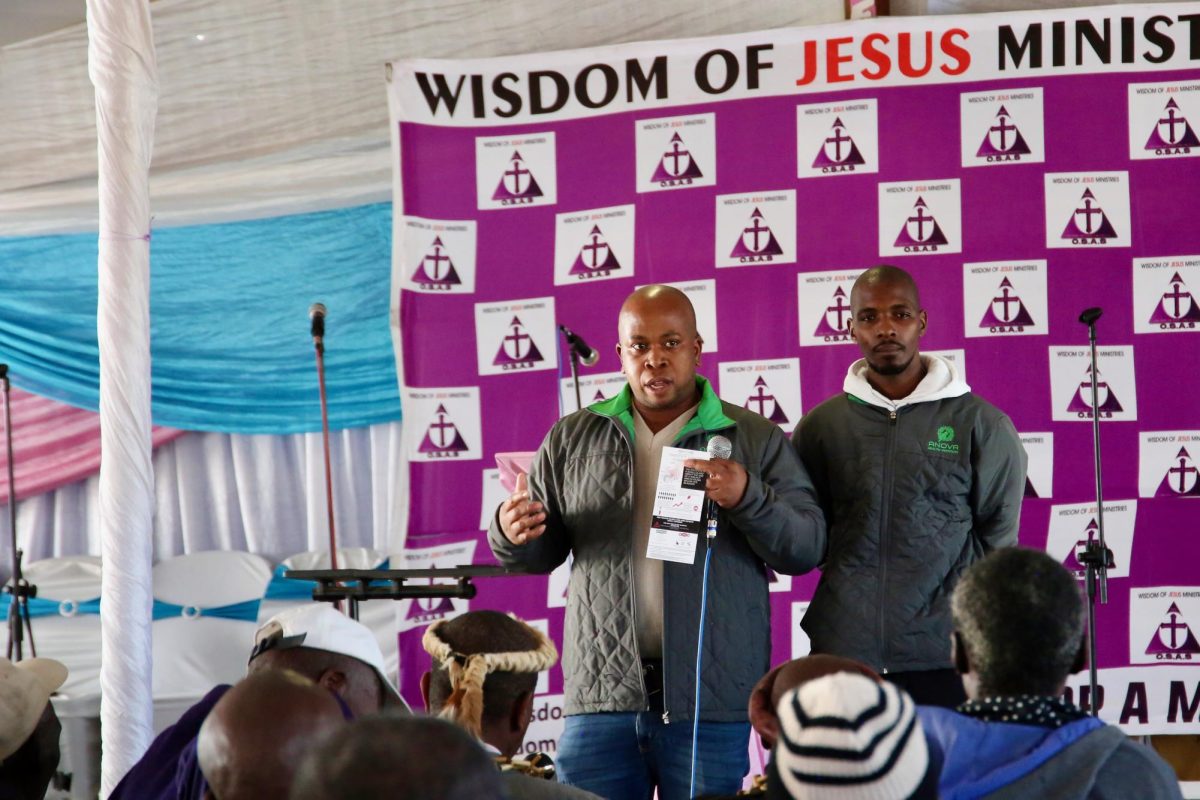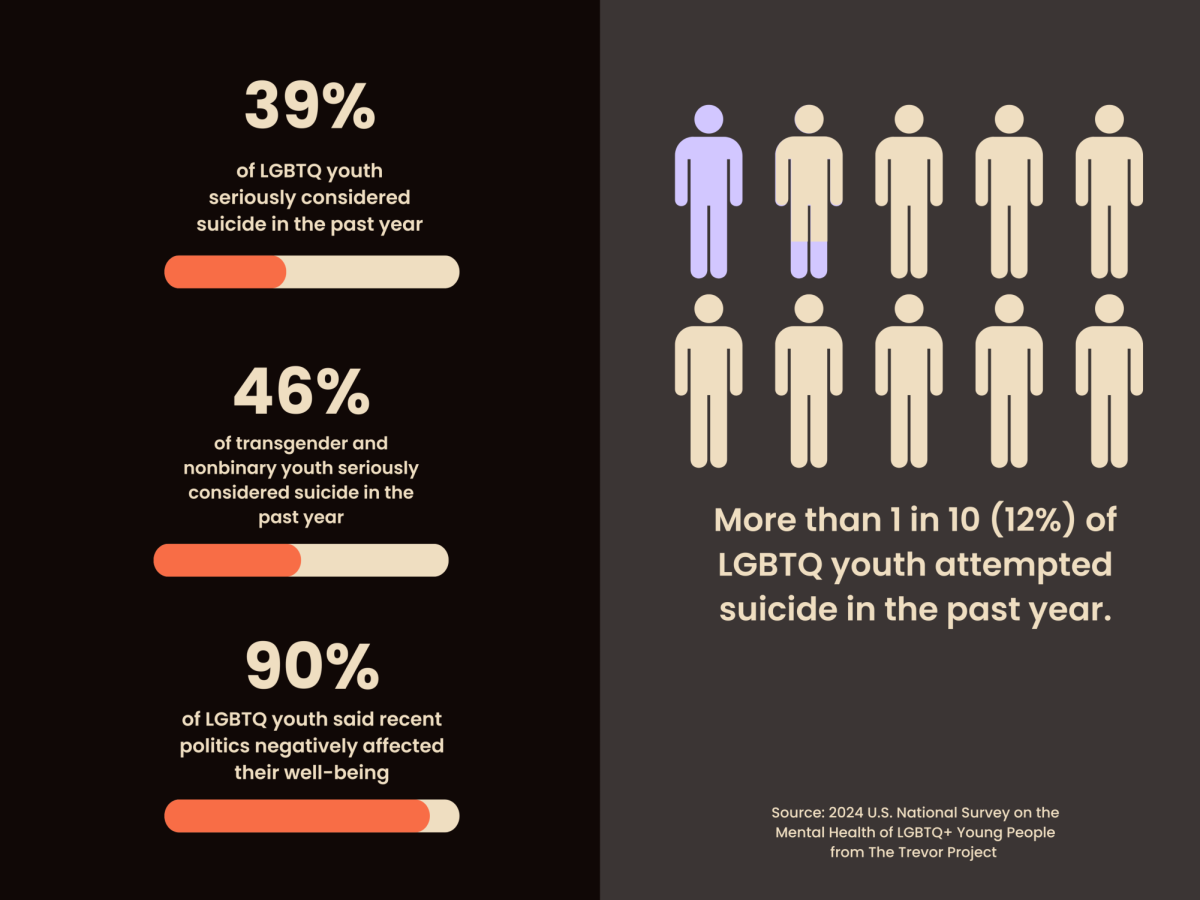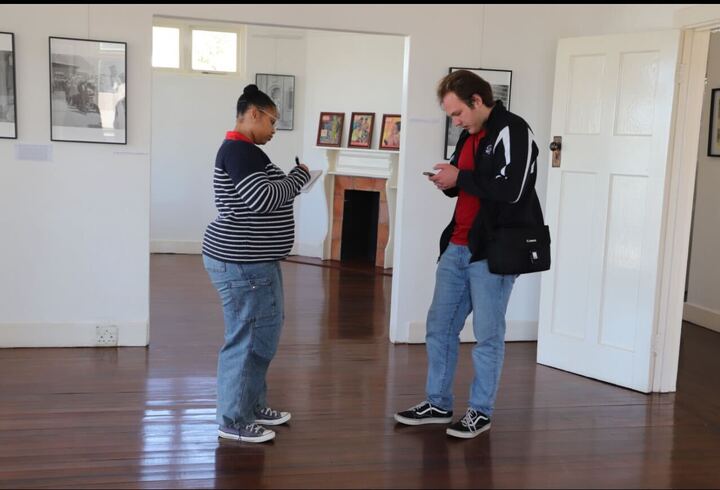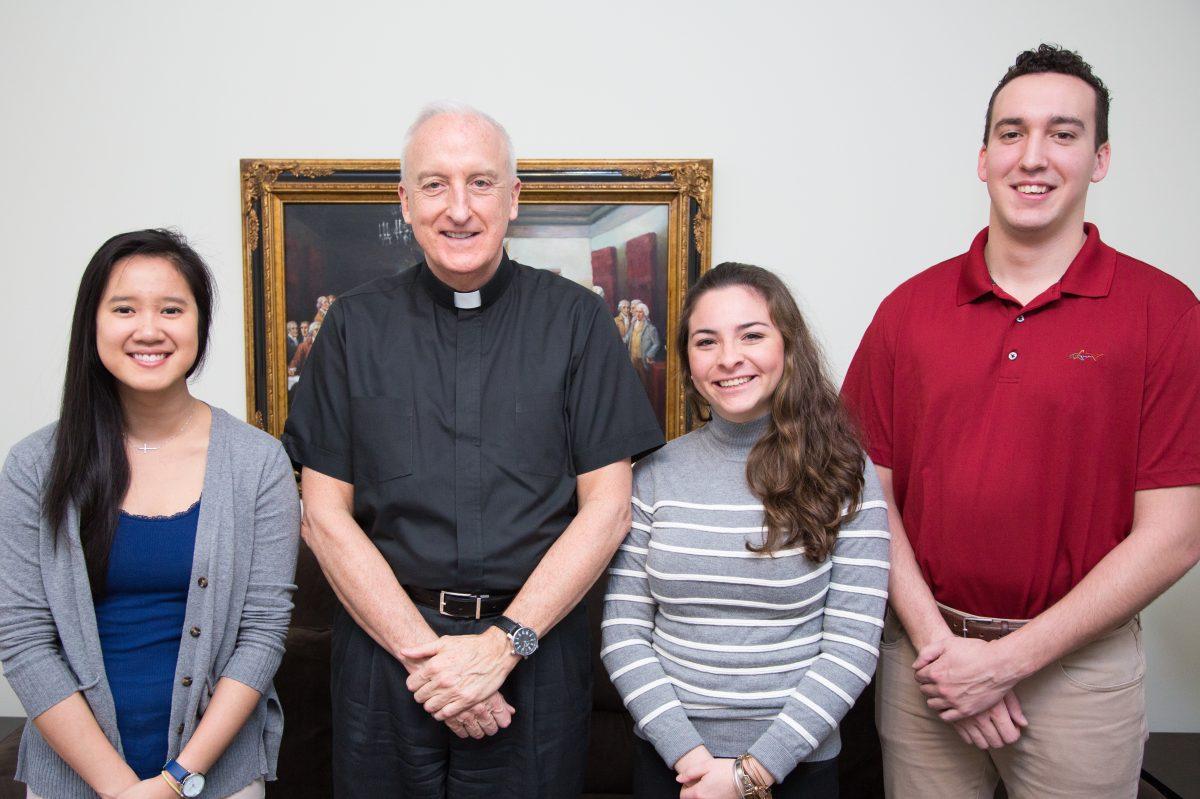The Opioid Research Team, led by Peter Clark, S.J., Ph.D., professor of medical ethics, has published the results of its year-long research for a safe injection site model in Philadelphia.
The team aimed to determine what services would be most effective in operating a safe and useful site in Philadelphia, as previously reported by The Hawk. They concluded that a harm reduction method would be most successful in the city.
“Harm reduction is an approach focused on minimizing the negative results that go hand-in-hand with drug abuse,” Clark explained. “Harm reduction techniques accept the individuals as they are, while also tailoring that person’s treatment to fit his or her needs.”
Overdose deaths in Philadelphia rose by about 11 percent from April to June of 2018, and opioids were involved in 86 percent of these cases, according to the Philadelphia Department of Public Health.
“The opioid epidemic has reached the point in which it is no longer uncommon to know someone who has been affected by opioid abuse,” said Olivia Nguyen ’19, a research fellow for the team. “The opioid crisis is [as] indiscriminate as it is relentless.”
The team’s results come as the U.S. Department of Justice filed a suit last week against Safehouse, a nonprofit that was work- ing to open a safe-injection site in Philadelphia. The site would be the first such site in the U.S.
Clark and the group of researchers based their published model on Insite in Vancouver, the first legal safe injection site in North America.
Insite offers services like fentanyl screening, needle exchange programs, naloxone (Narcan) distribution and education, wound care, HIV and HEP C testing and counseling for rehabilitation and detox done by individ- uals in recovery.
Marvin Lee, Ph.D., adjunct professor of health administration and a member of Clark’s Opioid Research Team, said the team wanted to look into whether a safe injection site modeled after Insite would work in Philadelphia.
“Eastside, Vancouver, where the Cana- dian [safe injection site] is located, is similar in many ways to Kensington, Philadelphia, where the planned site will be,” Lee said.
In the Philadelphia model, services would include wound care, fentanyl screen-
ing, and counseling for rehabilitation and detox, as they are most needed in the city, according to Clark.
“We tried to meet the needs of those addicted and society as a whole,” Clark said.
As for how a safe injection site would affect the surrounding area, Clark said these sites would make the area safer.
“According to the research we did in re- gards to Insite in Vancouver, it cleaned up the immediate area of used needles,” Clark said. “This not only helped to make the area safer, but also decreased others from needle sticks.”
While Clark acknowledged some people believe safe injection sites may promote ille- gal behavior, he disagrees.
“It actually makes those suffering from addiction realize that someone cares about them as human persons,” Clark said. “Many feel they are marginalized, disposable and vulnerable people. A safe injection site will treat them with dignity and respect.”
Nguyen said those affected are often stigmatized and incarcerated instead of receiving help.
“The opioid effects compounded with the incarcerations have broken individu- als and their families, leaving them subject to criticism and pushed to the wayside,” Nguyen said.
Priscilla Rodriguez ’20, who was also a part of the Opioid Research Team led by Clark, said the opioid epidemic affects everyone, whether they are aware of it or not. Taxpayers’ money goes towards the treatment of this epidemic, and the harm reduction theory mitigates the costs in the long run.
“In reducing overdoses, HIV and Hep C, the amount of treatments and hospitaliza- tions decreases, therefore reducing the costs for the health care system, the city and tax- payers,” Rodriguez said.
Rodriguez said she realizes that people may react negatively at first, but the Opioid Research Team has researched it thoroughly and support a safe injection site in Philadelphia.
“I think that once people do their own research and see how effective it has proven to be in other countries, they will agree to this harm reduction proposal,” Rodriguez said.
Ultimately, Clark said safe injection sites are a possible solution that will treat individ- uals with respect.
“We meet people who suffer from addiction where they are, we offer help in getting them treatment and help to keep them alive until they are ready for treatment,” Clark said.








































